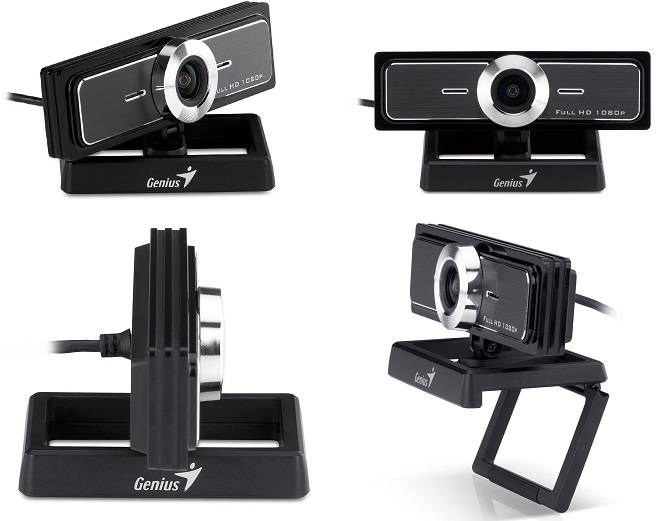
In between video segments: It’s possible to include questions to be answered in between segments – that is, a list of written prompts can be posted to be viewed/completed in between segments.If this is done at the end of a segment of lecture that is not the final segment of a sequence, it also provides an excellent transition into the next segment (as you can briefly speak about potential answers/solutions to the question you’ve asked). This can be about the specifics of a video segment, or can be questions designed to prompt students to apply new understanding to novel circumstances. At the end of a video: At the end of a segment is a great time to ask a question.There are a few good options for providing learning checks between your video segments

Just as you might occasionally pause in a live lecture to query for understanding in a classroom, asking key questions between video segments will help students process and synthesize the key concepts they have just been given. You can also aggregate the results of these checks to see if many students are having difficulties with a given segment. Asking students self-diagnostic questions at the end of a section allows students to determine if they’ve fully understood the key point of a video before moving on. The most effective uses of sequenced short videos include learning checks between each segment. You want to try to have few words on the slide and use your voice to explain and expand upon them. In general there is an inverse relationship between the amount of talking you do over a given slide and the number of words a slide contains. If your concepts can be represented by graphics or pictures, then that is often better than a bullet list of text. If possible, relevant visuals tend to have a greater impact than words. Videos are often watched by students at less than full-screen size, and smaller fonts are difficult to read in such videos. Black text on a white background (or the inverse) are your best bet. Slides that illustrate points, provide context, or provide the basis of an anecdote are best.īe sure to use high-contrast colors. It is better to have more slides with less information on each slide than fewer slides crowded with text and data.

Slides should be clear, focused, and high contrast.

Camera to record lectures full#
Consequently, a full 60-minute lecture might have several 6 individual 10 minute videos that will be sequenced for students to watch in order. You may want to create an outline of those segments and record them as individual videos. Often you will find that your lectures naturally fall into segments – divisions between topics, ideas, and so on. In addition, shorter segments will be easier for you to record and replace at a later point in time. This allows the videos to function modularly, provides natural breaks for student attention and checks for learning, and students can more easily review sections. Segment Your Videos and Keep Them ShortĬurrent best practices and research indicate that instructors should be segmenting their online lectures so they are 6-10 minutes in length. Below are some simple steps you can take, regardless of the tool you use, to maximize the impact of your videos with students. Before diving into a tool, taking a few moments to plan and prepare can help improve the quality of the recording. Tufts has several tools for producing at-home or DIY lecture videos or presentations.


 0 kommentar(er)
0 kommentar(er)
